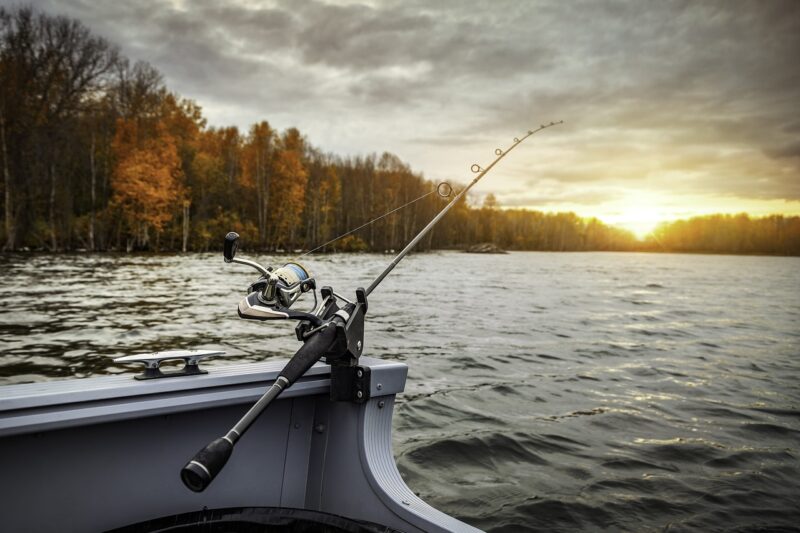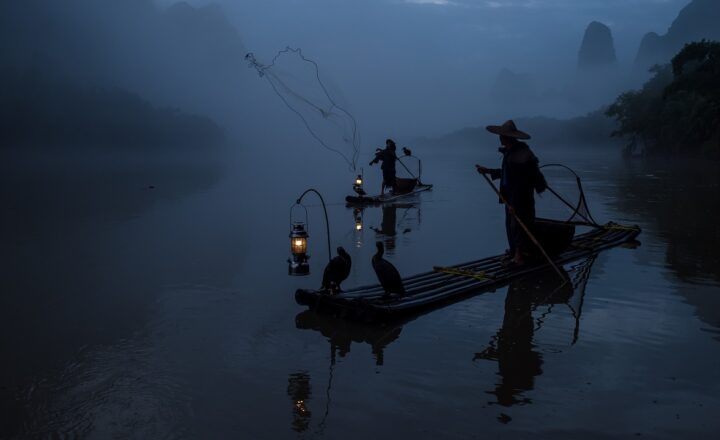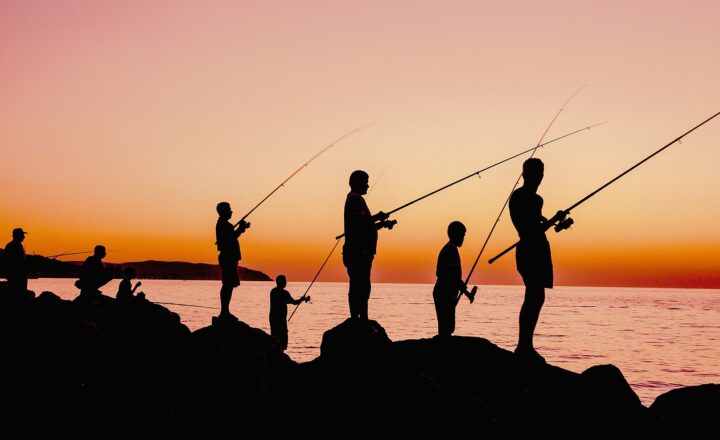How Ancient Civilizations Fished and the Techniques We Still Use Today
November 11, 2024

Fishing has been an integral part of human civilization for thousands of years, providing food, sustenance, and economic stability. Early humans relied on fishing to survive, evolving techniques that would shape the practices we still employ today. In this comprehensive article, we will explore the fishing methods used by ancient civilizations, how they adapted to their environments and the lasting legacy of these age-old practices in modern-day fishing.
1. The Importance of Fishing in Ancient Civilizations
Fishing served as a lifeline for many ancient societies, especially those located near rivers, lakes, and oceans. The reliance on aquatic resources drove technological innovations in tools and methods, contributing to the growth of the communities. Some notable ancient civilizations and their relation to fishing include:
- Mesopotamia: The region’s rich river systems, such as the Tigris and Euphrates, supported a fishing culture that provided food and materials for trade. Fish were often depicted in art, illustrating their importance in society.
- Ancient Egypt: Fishermen cast nets along the Nile, while also utilizing fish traps. Fish was a staple in the Egyptian diet and was often featured in their mythology and burial practices, highlighting its significance.
- Indigenous Peoples of the Americas: Native American tribes developed various fishing techniques, such as spearfishing and netting, to sustainably harvest resources from fresh and saltwater ecosystems. Fishing played a key role in their culture and trade networks.
- Greeks and Romans: Both cultures developed advanced fishing techniques, including the use of trawl nets and large fishing boats. Fish was not only a dietary staple but also a key ingredient in their culinary arts, indicating its cultural significance.
The multifaceted role of fishing in these ancient societies reveals its pivotal role in not just nutrition, but also trade, economy, and cultural identity.
2. Ancient Fishing Techniques: Tools and Methods
Ancient civilizations employed a variety of innovative techniques to catch fish, many of which still influence modern practices. Let’s examine some of the most notable methods:
2.1. Nets and Traps
Nets were one of the earliest tools developed by ancient fishermen. Made from natural fibers, they were used to catch various types of fish. Different types of nets and traps evolved:
- Mesh nets: Designed to allow small fish to escape while retaining larger ones. Ancient cultures often wove these from plant fibers or animal strings.
- Traps: These were typically basket-like structures placed in the water to catch fish as they swam in. The traps were designed to prevent the fish from escaping once caught.
2.2. Fishing Spears
Spearfishing was another prevalent technique among ancient fishermen. Using sharpened sticks, fishermen would often wait to ambush fish at shallow depths or during spawning seasons. This method is still used today by recreational fishermen and in various cultures around the world.
2.3. Lines and Hooks
The development of fishing lines and hooks revolutionized fishing methods. Ancient Egyptians, for example, used hooks made of bone or wood, while other cultures fashioned hooks from metals.
The enduring design of hooks can be seen in modern fishing gear today. The concept of baiting hooks with attractive items to entice fish remains a widely adopted technique.
2.4. Fishing Boats
With the advent of civilization, fishing boats evolved from simple rafts to complex vessels. The Egyptians built wooden boats to navigate the Nile, while the Greeks and Romans constructed larger ships capable of long journeys to fish in deeper waters.
Today’s fishing vessels often reflect the innovations made by ancient seafarers, combining traditional designs with modern materials for enhanced performance.
3. Cultural Impact of Fishing & Modern Techniques
Fishing has left an indelible mark on various cultures around the world. The stories, practices, and techniques have been passed down through generations, retaining their relevance even in contemporary times.
3.1. Artistic Representations
Fishing has inspired art for centuries, with ancient pottery, murals, and carvings depicting fishermen and their catches. Modern artists continue to draw inspiration from these works, emphasizing the beauty of fishing as a lifelong pursuit.
3.2. Festivals and Traditions
Many cultures celebrate fishing through festivals and events. From fish-fry celebrations to competitions, these traditions not only honor the craft of fishing but also build communal ties within society.
3.3. Modern Techniques Influenced by the Ancients
While technology has transformed fishing, many modern techniques continue to draw inspiration from ancient methods:
- Surface Trolling: This method resembles ancient practices of casting nets and lines to catch fish. Today, fishing boats utilize sophisticated equipment for surface trolling to maximize their catches.
- Fly Fishing: Early forms of fly fishing can be traced back to the Romans, who documented their techniques. Modern fly fishing maintains this rich tradition, using artificial flies designed to mimic insects that fish prey upon.
- Sustainable Fishing Practices: Many cultures, recognizing the need for preservation, employ sustainable practices rooted in ancient wisdom of respecting and maintaining fishing resources. These values echo the environmentally conscious methods of ancient societies, ensuring the longevity of fish populations for future generations.
Incorporating traditional techniques and values into modern fishing practices allows for a balanced approach that respects both heritage and sustainability.
4. Conclusion: Bridging the Past with the Future
The techniques and practices of fishing have evolved dramatically from ancient civilizations to our modern era. However, the core values surrounding fishing—such as respect for nature, community, and sustainability—remain unchanged. By learning from the past and embracing innovation, we can ensure that fishing continues to thrive as a cultural and economic cornerstone for future generations.
As we stand at the intersection of tradition and modernity, we celebrate an age-old practice that not only fills our plates but connects us to the rich tapestry of human history. Embracing these ancient methods alongside contemporary advancements will foster a deeper appreciation for the art of fishing, ensuring that it remains an enduring and vital part of our global heritage.








